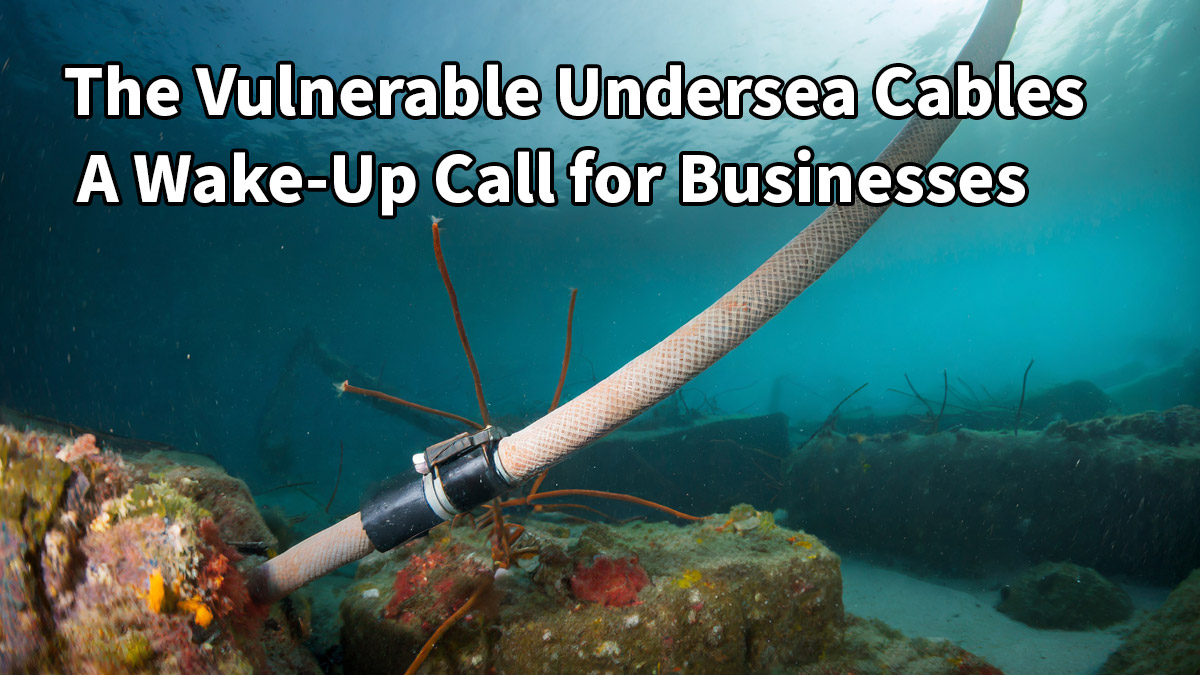Porthcurno, a picturesque village in Cornwall, holds a unique place in the history of global communications. In 1870, it was supposed to be the landing site for the first telegraph cable connecting India and the UK. However, due to complications, the cable found its way to Porthcurno instead. Today, this tranquil village serves as the hub for six modern fiber optic cables, underlining the critical role undersea cables play in our interconnected world.
Recently, the world received a stark reminder of the vulnerabilities of undersea cables. Reports emerged that Russia had been deploying spy-ships to map energy and cable infrastructure in the North and Baltic seas. This revelation shouldn’t come as a surprise, as defense experts have repeatedly warned that critical subsea assets are at risk due to the significant increase in Russian submarine activity. NATO even established a “co-ordination cell” to address this issue, emphasizing the gravity of the situation.
However, what remains deeply concerning is the “profound lack of awareness” about our dependence on this undersea network. As the volume of global data flows has exploded, our reliance on undersea cables has grown exponentially. A report for the European Parliament revealed that 400 cables carry about 99 percent of global digital communications, with key routes and clusters connecting Western Europe to the US. Roughly 40 percent of global internet traffic passes through these cables.
The undersea cable industry operates in relative obscurity. Privately owned and maintained by communication groups and tech giants like Google and Amazon, these cables are designed to withstand accidents, which frequently occur due to fishing trawlers and anchors. However, questions remain about the system’s redundancy and the extent of security improvements made by private owners at crucial junctures.
In the event of a major outage, traffic is theoretically supposed to reroute seamlessly onto other cables. But the practicality of this remains uncertain, especially considering the maintenance of older networks and the potential geopolitical implications of rerouting traffic through certain countries. Moreover, global repair capabilities are limited, with an average fix taking at least two weeks.
Preparedness for a coordinated attack on undersea cables is sorely lacking. Governments struggle to identify which cables are used, by whom, and for what purposes. International law in this domain is outdated, ill-suited to the indispensable role that these cables play today.
There is also a concerning lack of international mechanisms to prioritize critical traffic when needed or to expedite repairs. This vulnerability extends to the financial sector, where undersea cables facilitate $10 trillion in daily financial transfers, including critical systems like SWIFT and the US clearing system CHIPS.
Recognizing these risks, some financial firms in the City of London have conducted in-depth reviews to map their cable usage, seek assurances from suppliers, and explore alternatives in worst-case scenarios. Regulators are increasingly pressuring financial institutions to test their resilience in “severe but plausible scenarios.”
The COVID-19 pandemic and the conflict in Ukraine have taught us the importance of preparing for “severe but plausible” risks, even those that may have seemed remote. Now, the vulnerability of undersea cables should be added to the list of critical concerns.
In conclusion, the threats to undersea cables are not just a concern for governments and defense agencies; they should also be a wake-up call for businesses worldwide. The dependence on this hidden infrastructure demands a greater level of awareness, cooperation, and strategic planning to ensure the resilience of our global communications network in the face of evolving threats.
Source : https://www.ft.com/content/1addaf05-49d9-4172-8eff-eabb2ac01a16

